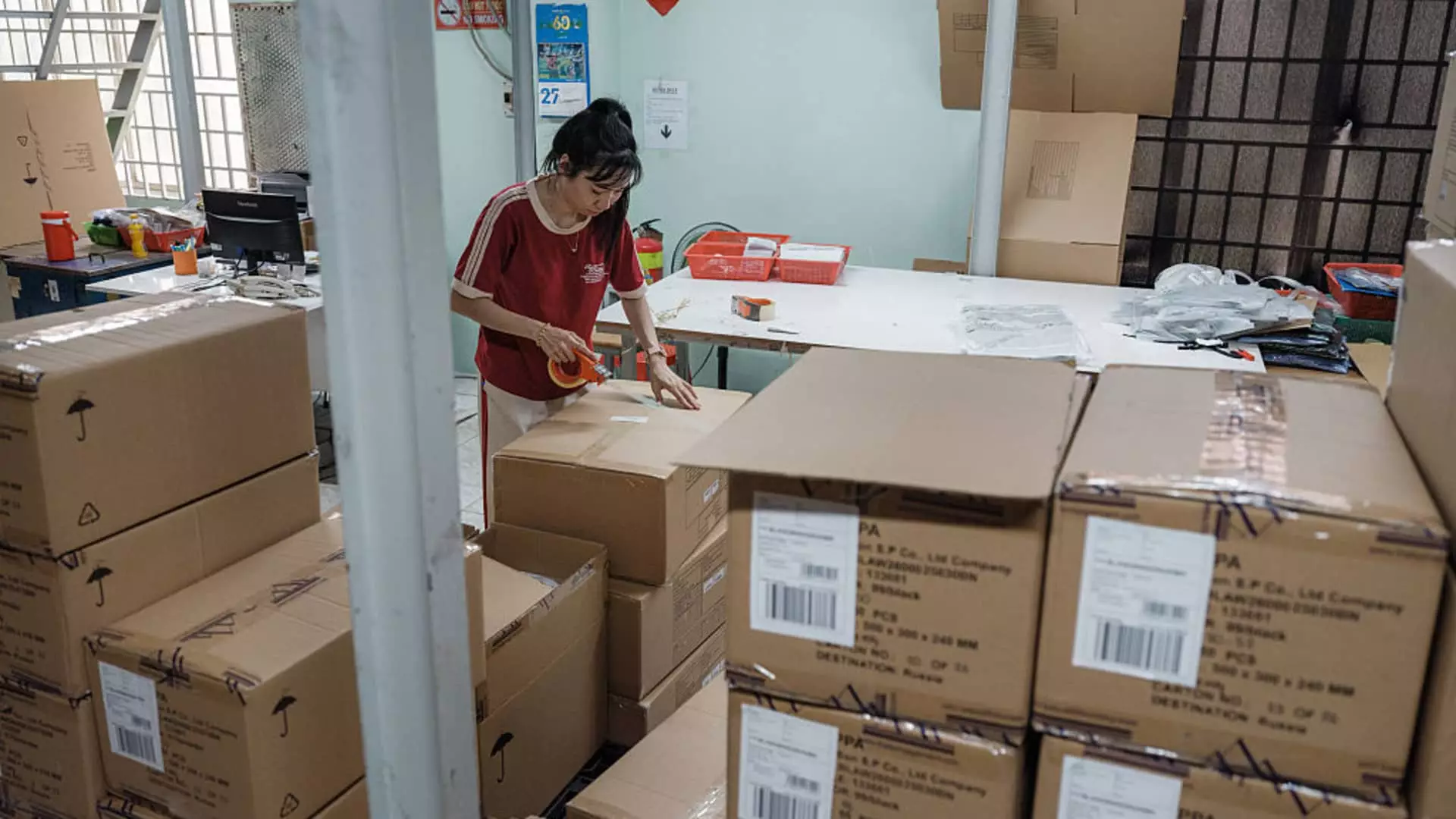In recent months, the retail industry has been caught in a whirlwind of uncertainty fueled by escalating tariffs and shifting trade policies. The tentative agreement between the United States and Vietnam, which reduces some of the most damaging tariffs, appears, at first glance, to be a beacon of hope. However, beneath this veneer lies a troubling reality: no real resolution has been achieved, only a fragile pause that masks the deeper fractures in global economic stability. This situation exposes the false promise that tariffs can be used as strategic tools without causing long-term harm to consumers and businesses alike.
Trade negotiations are often presented as victories when tariffs are trimmed or postponed. But this perspective ignores the broader economic harm inflicted by such disruptions. Tariffs act like economic landmines, destabilizing supply chains, inflating costs, and discouraging investment. An industry that should thrive on predictability and efficiency becomes mired in uncertainty—costing jobs, diminishing consumer choice, and fueling inflation. Declaring a “win” based on a temporary tariff halt is akin to celebrating a band-aid on a hemorrhaging wound; it fails to address the root cause of fragility in our trading systems.
The Economic Toll of Tariffs on American Consumers
Despite industry optimism surrounding the reduced tariffs, the reality for everyday consumers is far less comforting. When retailers and manufacturers face increased costs due to tariffs, those costs don’t stay hidden behind corporate balance sheets—they spill over into the price tags shoppers see. For apparel, footwear, and household goods, even a modest increase of 10% in tariffs can translate to several additional dollars for each product. At a 20% rate—what some industry insiders now hope will be the final compromise—the inflationary impact becomes palpable.
Consumers, already burdened by rising living costs, find their purchasing power further squeezed. Picture a $95 pair of men’s shoes—an expense that momentarily seems manageable—yet with a 20% tariff, the price jumps by over $7. When multiplied across thousands of products, this small percentage increase compounds into significant financial strain. These hikes may seem incremental, but over time, they diminish disposable income and stifle consumer confidence. Amid economic uncertainty, increased prices act as a double-edged sword: they may help balance corporate spreadsheets but hurt the very people whose spending fuels the economy.
Strategic Missteps and the Illusory Power of Tariffs
For years, American retailers strategically pivoted away from reliance on Chinese manufacturing, seeking refuge in Southeast Asian countries like Vietnam, Cambodia, Malaysia, and Bangladesh. Their diversification was driven by an intelligent understanding of geopolitical risks and the desire to minimize tariff exposure. Yet, these prudent moves become compromised when the political landscape introduces tariffs as a blunt instrument rather than a calculated negotiation tactic.
In essence, tariffs are a form of economic weaponry that inadvertently punish domestic consumers more than the targeted foreign entities. When the threat of a 46% tariff loomed, companies hurried to diversify supply chains, investing heavily in new manufacturing hubs. Now, with potential reductions to 20%, it’s tempting to consider this a compromise, but the underlying vulnerability remains. What the industry gains in lower tariffs today can easily evaporate if political tides shift again tomorrow. The reliance on tariffs as a policy instrument showcases a troubling misconception: that economic punishment can be wielded without collateral damage.
Long-Term Consequences and the Erosion of Consumer Confidence
This ongoing saga sends a dissonant message to consumers—uncertainty is the new normal. When prices fluctuate unpredictably due to tariff policy, consumer confidence erodes. Retailers and manufacturers are forced into the uncomfortable position of balancing cost absorption versus price hikes. Many opt to transfer the burden onto consumers, recognizing that absorbing costs eats into dwindling profit margins. This dynamic is detrimental, as it discourages discretionary spending and dampens economic growth.
Moreover, the presumption that supply chain adjustments can buffer this impact is overly simplistic. While companies possess tools like cost-sharing agreements with suppliers, these are band-aids on a much larger wound. Persistent tariff threats deter investment, hinder innovation, and stifle the agility that modern supply chains so desperately need. The true fallout is a decelerating economy, where consumer enthusiasm—a vital driver of growth—becomes a casualty.
Questioning the Myth of Trade Wins
The narrative spun by policymakers and industry leaders that such negotiations represent strategic “wins” is fundamentally flawed. Temporary tariff reductions may offer micromanagement of headlines, but they obscure the long-term damage inflicted upon global trust and economic resilience. The idea that “manageably” reduced tariffs are beneficial overlooks the deeper issue: trade should be about collaboration and mutual benefit, not coercive bargaining and punitive tariffs.
True economic strength derives from openness, stability, and predictable rules—elements that tariffs undermine. When governments resort to aggressive tariff policies, they inherently signal a retreat from international cooperation, risking a spiral of retaliation that benefits no one. The current approach seems more rooted in political posturing than pragmatic economics, and the consequences—rising costs, eroded trust, and economic uncertainty—are borne at the expense of everyday consumers.
By fixating on short-term tactical victories, policymakers and industry leaders neglect to recognize that the fundamental issue is a system that rewards conflict over cooperation. If the goal is sustainable growth and a resilient economy, embracing diplomacy over tariffs is imperative, not just for industry health but for the collective well-being of all consumers.

